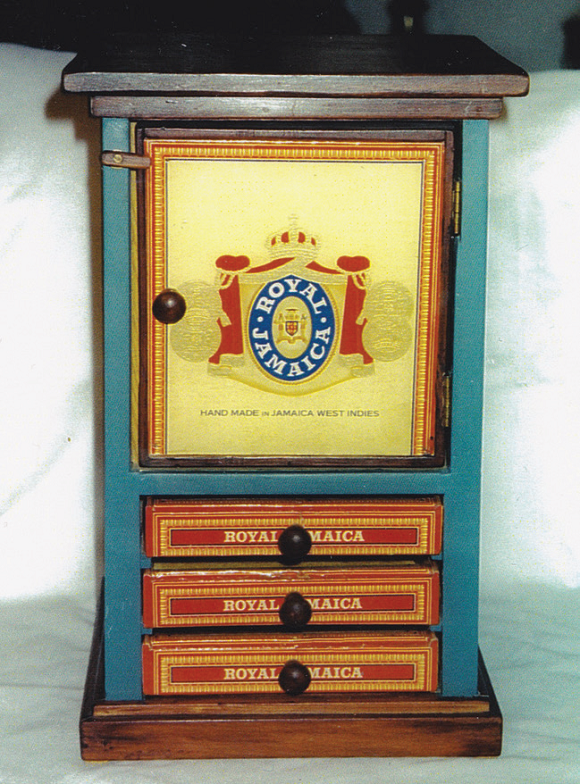I first entered P.S. 87 shop teacher, Mr. Quinn’s class in the seventh grade together with Sam Teicher and with Quinn’s son whose first name I don’t recall. I mention the three of us although there were many others in the class, because, of all the others, we three were complete failures. I attribute this to Quinn’s adage prominently displayed which stated, “Straight, Square and Smooth.”
The first project we were introduced to was to make a bread board. Simple enough, it was nothing more than a rectangular piece of wood planed smooth on all four sides. Once successfully completed, you would then be permitted to go on to the more complicated and useful projects: a coat rack, a smoking stand, etc.
After you completed planing the four sides of your bread board, you brought it to Quinn expecting to be given the green light to proceed to the next project. Quinn would take your piece of wood over to one of the windows in the room, place a 90 degree angle ruler over each side, and if on any side as he held it up to the window, light however insignificant, could be seen between the edge of the ruler and the surface of the wood, it was rejected because it was not Straight, Square and Smooth.
You were told to return to your bench, resume planing until no light could be seen when held up to the window. If in planing you reached the point where what was left of the wood was too small to be considered a bread board, you took another piece and started all over.
Trying as hard as the three of us could, we could never satisfy Quinn’s mandate of Straight, Square and Smooth.
So, for the two years we were imprisoned in Quinn’s class living with the humiliation of constant failure, we never completed a bread board, compiling instead a huge amount of wood shavings, with one exception. At some point, perhaps a day when Quinn was absent, the three of us did complete one project. It consisted of nailing four large pieces of wood together in the shape of a coffin, which in retrospect we may have wished to entomb Quinn with Straight, Square and Smooth written all over it. As bad as I felt about our woodworking failures, while as the son of a father who worked in a shop making ladies dresses, I thought it had to be much more traumatic for Sam Teicher whose father was a carpenter and for Quinn’s son, who after all was the son of the teacher.
One would think with such a dismal woodworking experience, we would be turned off on the subject for the rest of our lives. I don’t know what ever happened to Quinn’s son, but Sam and I have remained friends since the day we first met in Mrs. Brown’s kindergarten class. Perhaps in a show of defiance, Sam became a shop teacher disavowing Quinn’s Straight, Square and Smooth obsession. I became a lawyer, but as a hobby became a credible woodworker having over the years built perhaps a hundred pieces of furniture consisting of armoires, cabinets, chests and a variety of other pieces, many of which are in my home and the homes of my children and others to whom I have given gifts. I admit however that to this day and despite all the things I have built, because of Quinn, I still have trouble using a plane. But then again, I couldn’t care less about “Straight, Square and Smooth.”



